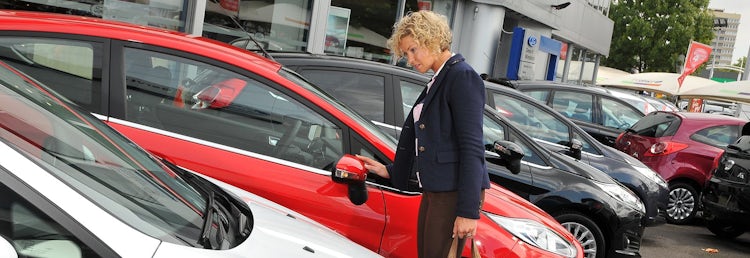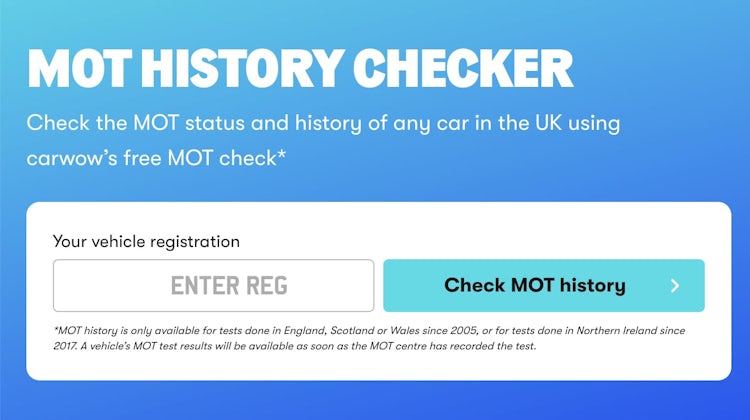Used Dacia Duster (2019 - 2024) cars for sale
Find the right second hand Dacia Duster (2019 - 2024) for you through our network of trusted dealers across the UK
Advertisement
Looking to buy a used Dacia Duster (2019 - 2024)? Get a full car history check
Sell your car for what it's really worth
The free, easy way to get 5,500+ dealers all over the UK bidding on your car
Learn how to
sell your car
with Carwow
Used car guides
Dacia Duster (2019 - 2024) transmissions
Dacia Duster (2019 - 2024) colours
- Green Dacia Duster (2019 - 2024) cars
- Grey Dacia Duster (2019 - 2024) cars
- White Dacia Duster (2019 - 2024) cars
- Brown Dacia Duster (2019 - 2024) cars
- Orange Dacia Duster (2019 - 2024) cars
- Black Dacia Duster (2019 - 2024) cars
- Blue Dacia Duster (2019 - 2024) cars
- Red Dacia Duster (2019 - 2024) cars
- Beige Dacia Duster (2019 - 2024) cars
Used cars by car type
- Cheap used cars
- Low mileage used cars
- Used 1 litre cars
- Used 1.2 litre cars
- Used 2 seater cars
- Used 6 seater cars
- Used 7 seater cars
- Used 8 seater cars
- Used 9 seater cars
- Used automatic cars
- Used black cars
- Used cars under £4000
- Used cars under £5000
- Used convertible cars
- Used coupe cars
- Used diesel cars
- Used electric cars
- Used estate cars
- Used green cars
- Used hatchback cars
- Used hybrid cars
- Used luxury cars
- Used manual cars
- Used MPVs
- Used petrol cars
- Used pickups
- Used pink cars
- Used purple cars
- Used red cars
- Used saloon cars
- Used small cars
- Used SUVs
- Used white cars
- Used yellow cars










